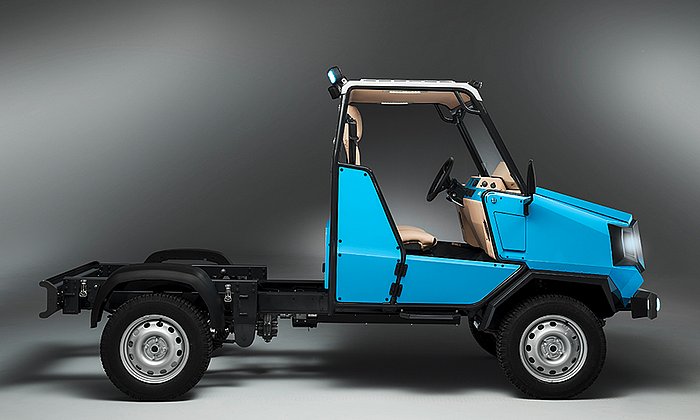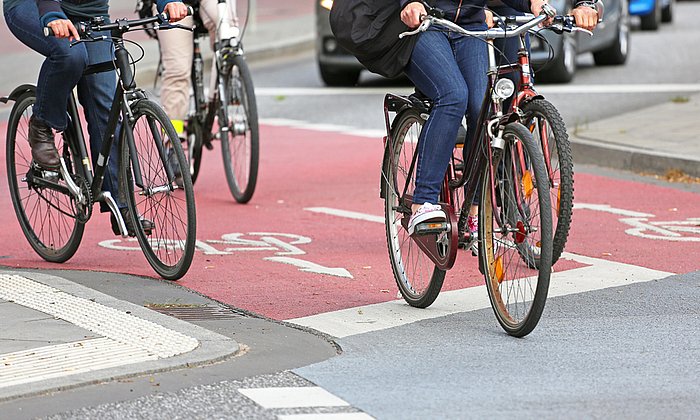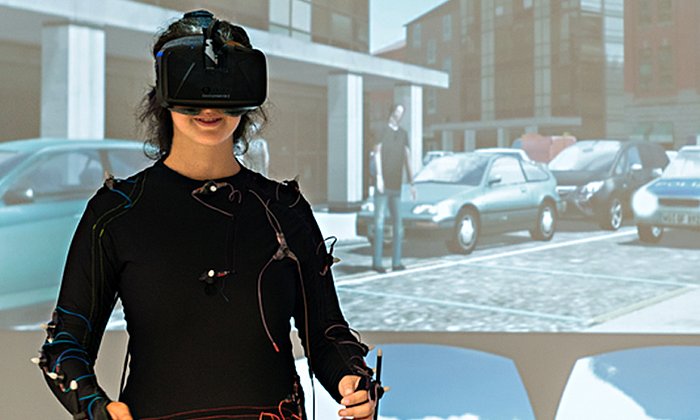TUM presents the mobile world of the future at IAA MOBILITY
Faster, more sustainable and smarter travel
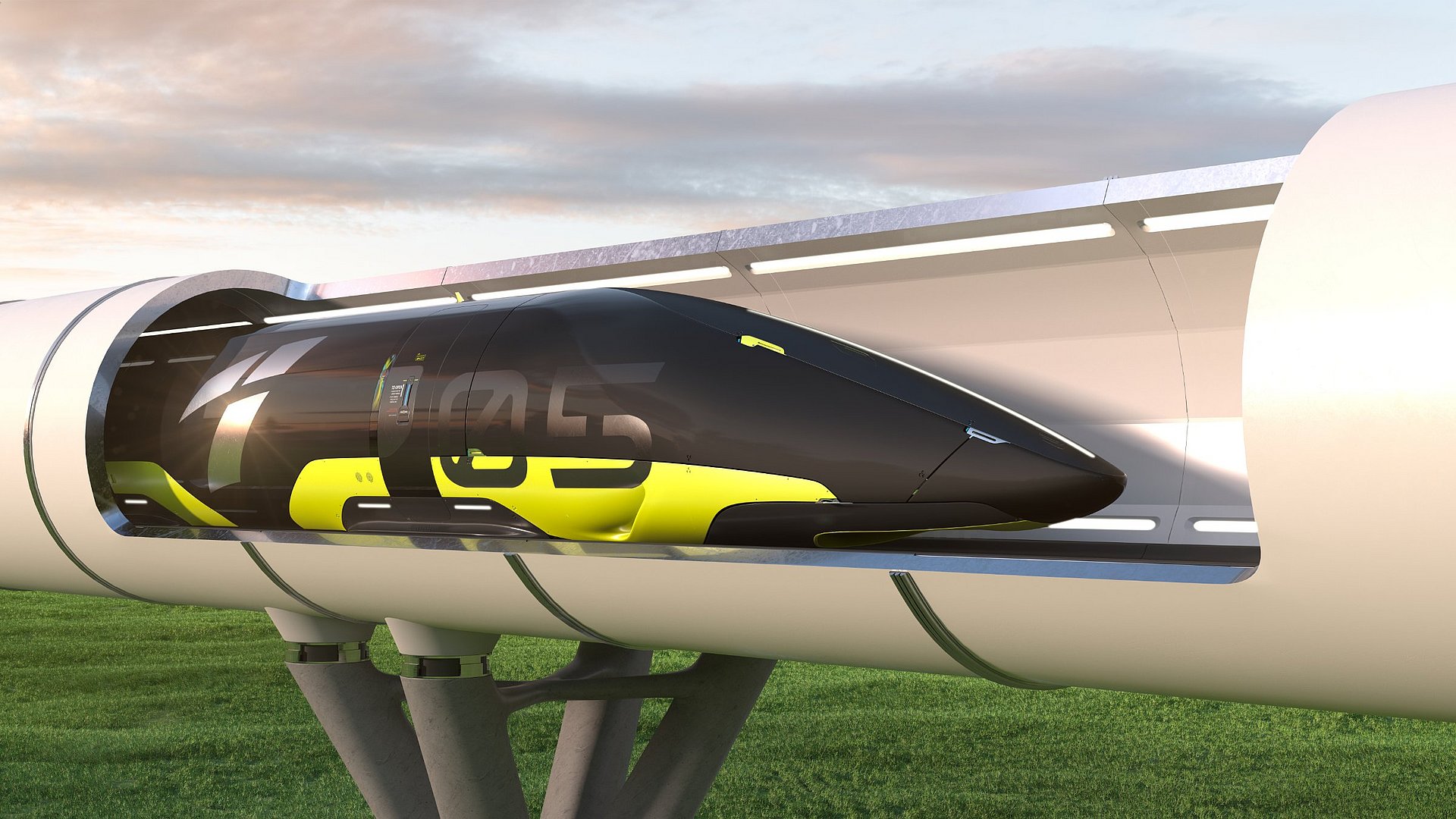
This year’s edition of the International Automotive Exhibition (IAA), the annual mobility show presented by the Association of the German Automotive Industry (VDA), features a new concept. The presentations, talks and discussions for industry experts will take place in the Riem trade fair halls. Meanwhile, the Open Space format, aimed at the general public, will present information and discussions on new mobility concepts at various locations around the Munich city center.
TUM will also be part of this open dialog. In the IAA Citizen Lab, covering a wide range of topics related to the development of public space and future mobility, TUM researchers will present their current projects at Marienplatz, the iconic square outside Munich’s city hall.
A simulated cycling tour through virtual worlds
One of the exhibits will allow visitors to cycle through a virtual city on a simulator developed by the Chair of Traffic Engineering and Control while testing a new bicycle collision warning system.
Meanwhile, a trip with the rickshaw constructed in the TEMPUS project, headed by the same research chair, does not take place in a virtual world. The goal is to test intelligent combinations of cargo and passenger traffic in the city. Pilot projects are also testing automated road traffic.
Driverless racing cars
A race with an AI system at the wheel instead of human drivers: A team of researchers from the Chair of Automotive Technology and the Chair of Automatic Control is taking part in this year’s Indy Autonomous Challenge in Indianapolis. At the TUM booth, visitors can learn about how the development of the software for the race will also provide a boost for the use of artificial intelligence in vehicles in everyday transportation.
The research project Providentia++, headed by the Chair of Robotics, Artificial Intelligence and Real-time Systems, is also concerned with autonomous driving. The goal is to implement digital modelling of real-time traffic. This will enable autonomous vehicles to make better decisions in complex situations and will also facilitate warnings and traffic forecasting.
Ultrafast and climate-neutral travel
The Department of Aerospace and Geodesy is developing the Hyperloop, a climate-neutral, ground-based transportation technology for ultrafast links between mobility centers. In the initial phase of the program, a 24-meter demonstrator will be built with a matching passenger capsule. At the IAA, the TUM Hyperloop Program team will present a 1:30 model of the demonstrator.
The Chair of Automotive Technology is also studying the implementation of climate-friendly mobility – on our roads in the near future. The Web-based Analysis Tool Electromobility (WATE) will support companies and public authorities in planning and implementing the transition to electric vehicles. The tool lets users simulate various combinations of electric vehicles and individual charging station setups to identify the ideal solution to meet various mobility requirements.
Mobility in metropolitan regions
Because roads and other transportation infrastructure cannot be simply relocated after they are built, computer-based traffic models are used for precise analysis of new infrastructure to study the impact on transport demand, congestion and the environment. The Professorship for Travel Behavior is developing agent-based models that simulate the demographics of the population, calculate transportation demand for all people in the Munich metropolitan area and map the results in detail to the road, cycling and public transportation networks.
The Chair of Urban Structure and Transport Planning shows the interrelationship between the available mobility options, the spatial structure and mobility behavior. The researchers will present the Geo Open Accessibility Tool (GOAT) for pedestrian and bicycle transport, among other topics. With the Street Experiment Tool (S.E.T.), visitors can click through various options for redesigning streets.
MCube cluster
The Munich cluster of mobility in metropolitan regions (MCube), headed by TUM, has an ambitious goal. MCube, which will be launched in November 2021, has been granted up to 45 million euros in funding over a nine-year period. The regional network will bring together an interdisciplinary team of researchers along with partners from the private sector and civil society to work on the major challenges in the mobility sector. Visitors can learn about the cluster at the TUM booth.
TUM at the trade fair in Riem
The Chair of Traffic Engineering and Control will be represented at two booths in Riem. The @CITY and @CITY-AF projects will be represented at the booth of the Federal Ministry for Economic Affairs and Energy (B1/D20). The researchers will introduce work on automated vehicles, interactions with vulnerable road users, driving behavior and bicycle simulator studies. The project “SERVUS – safe and efficient cargo bikes for urban transport” will be presented at Booth B1/ E50.
Events and discussions
Prof. Klaus Bogenberger will take part in the panel discussion entitled “Who needs the traffic turnaround” at the Siemens headquarters at Wittelsbacherplatz on Wednesday, September 8 from 12:30 – 15:00. Starting at 16:00 h on Thursday, September 9, he will also take part in a podium discussion at Marienplatz. It will be hosted by the working group AGW, which builds bridges between pupils in secondary education and the modern economy. He will be joined by Munich mayor Dieter Reiter and representatives of BMW. The topic: How do young people envision the mobility of the future in their city?
TUM students will present mobility solutions for the city in the form of 20 pictures in the dialog arena at Marienplatz on September 9 from 19:00 to 20:00.
On September 10, the workshop “Strategies for the Future of Urban Mobility”, headed by Prof. Gebhard Wulfhorst, will take place from 13:15 to 14:45 as part of the first Munich Mobility Congress.
-
General information on the IAA, registration for events, tickets and the current hygiene concept are available on the IAA website: https://www.iaa.de/en/mobility
-
TUM is pooling its competencies in the field of mobility in the TUM.Mobility research platform, on which more than 40 research chairs are working on sustainable mobility. TUM’s big strength in this endeavor is above all the intensive interdisciplinary cooperation across the fields of engineering, natural sciences, economics and social sciences.
Technical University of Munich
Corporate Communications Center
- Stefanie Reiffert
- stefanie.reiffert@tum.de
- presse@tum.de
- Teamwebsite
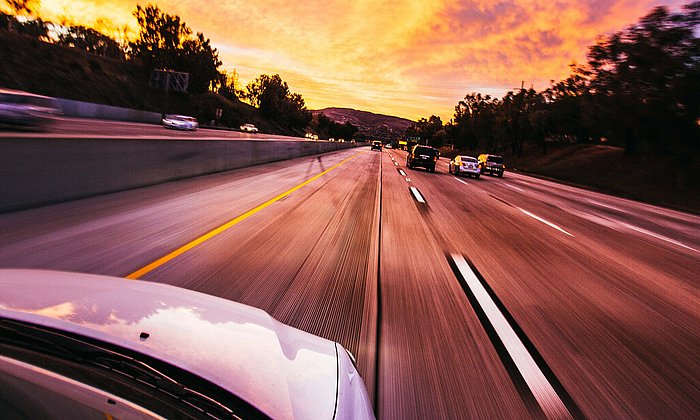
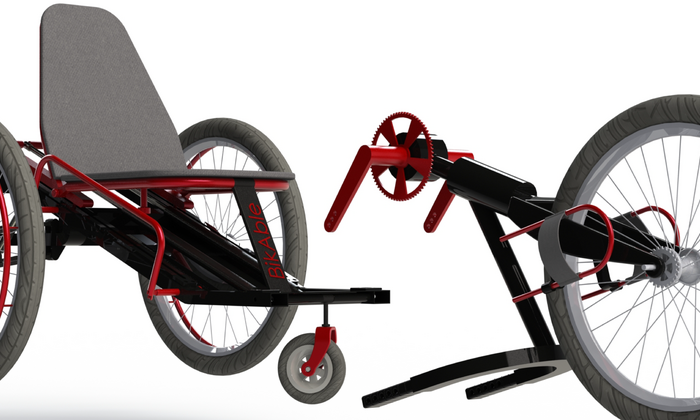
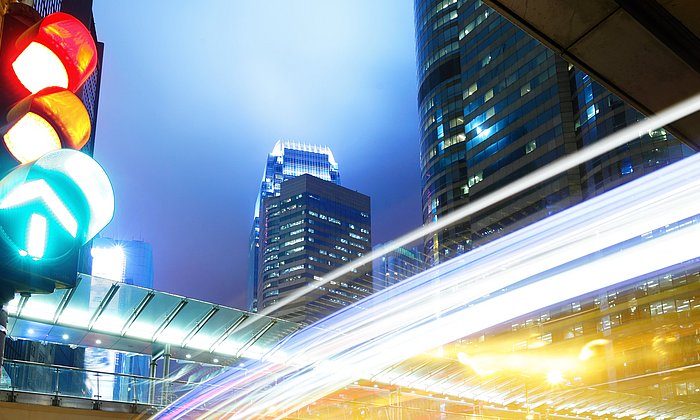
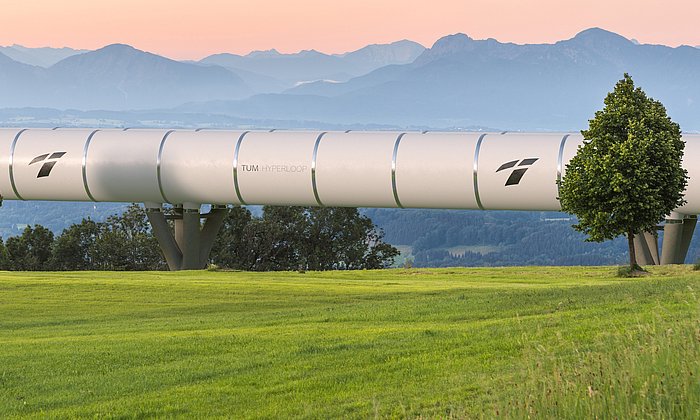
![[Translate to en:] Gruppenbild vor Hyperloop-Pod TUM-President Prof. Wolfgang A. Herrmann, Domenik Radeck, Sofía Ramírez, Minister President Dr. Markus Söder, TUM-Vice-President Prof. Thomas Hofmann, Gabriele Semino, Bavarian Minister of Science and Art Bernd Sibler.](/fileadmin/user_upload_87/_processed_/5/c/csm_MFS_AW_20_21_Capture_071_1600x900_Pixel_63ecb3293f.jpg)
